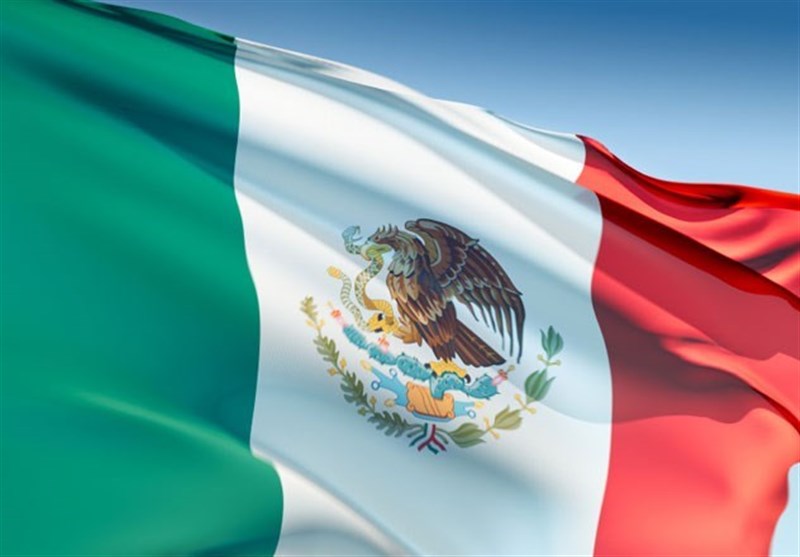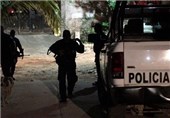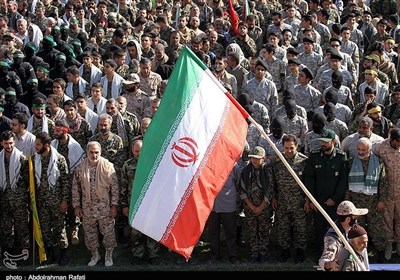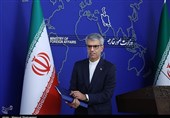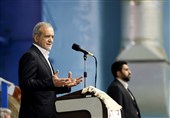2017 Mexico's Deadliest Year in a Decade, Fears of A Worse 2018
TEHRAN (Tasnim) - The year 2017 turned out to be the deadliest year in a decade for Mexico, with rival drug cartels fighting for control of lucrative markets and smuggling routes that saw increasing bloodshed.
The first 11 months of the year were marked by 23,101 homicides, the highest annual figure since 1997, when the government began to keep records.
The majority of the killings -- about 54 percent -- occurred in just eight states, the worst-hit being the southern state of Guerrero, Xinhua news agency reported.
As law enforcement battled to dismantle the major cartels, they splintered into numerous smaller organized crime rings that began spreading across the country.
Once Northern Mexico used to be the flashpoint of drug trafficking-related crimes. But today, the violence is more widespread. Approximately 20 states in different parts of the country saw more murders this year compared to 2016, which closed with 20,547 homicides, according to monthly data released by the Interior Ministry.
The government admits the rise in crime is a result of turf wars between competing drug traffickers jockeying for power after law enforcement personnel capture their leaders. But it still has no strategy to tackle the changed circumstances, according to one expert.
"Authorities have focused on combating organized crime in an inadequate way. They have tried under an erroneous policy of breaking up the groups," public security consultant Arturo Arango told Xinhua.
A decade ago, when then President Felipe Calderon called on the army to wage a war on drugs, the police knew of the existence of six drug cartels.
Today, dozens of small criminal groups are involved in growing or manufacturing drugs, the Interior Ministry acknowledged in November.
Earlier this week, authorities found bodies hanging from bridges near Mexico's popular tourism resort of Los Cabos, on the tip of the Baja California Peninsula. It was an unprecedented grisly scene for the region.
"We are ... facing a situation that has never happened before," the governor of the state, Carlos Mendoza Davis, told reporters on Thursday.
According to Arango, Mexico's anti-drug strategy lacks effective measures to seize the cartels' drug money and stop trafficking in arms from the United States, which is fueling the violence.
The strategy has also failed to curb the demand for drugs from the United States, a top official said.
"Most of the violence stems from the demand for drugs," Renato Sales, Mexico's national security commissioner, told the Reforma daily this week.
The authorities seem to think that bolstering security and police forces is the way to win the drug war.
"Why are we the way we are? One answer is because we have not known how to build solid police officers, reliable police officers, solid and reliable public ministries," Sales said.
According to the Interior Ministry, nearly 116,000 more police officers are needed at the state level to reach a ratio of 1.8 officers per 1,000 inhabitants, a number considered to be the international standard.
From January to November 2017, the homicides surpassed the number reported in 2011 by 3 percent. Till then, 2011 had been the deadliest year on record.
Arango predicts 2018 will be even more deadly.
"I hope to turn out to be a poor prophet and be mistaken, but I think next year we will see at least a 25-percent increase in the violence. All the data points in that direction," he said.
